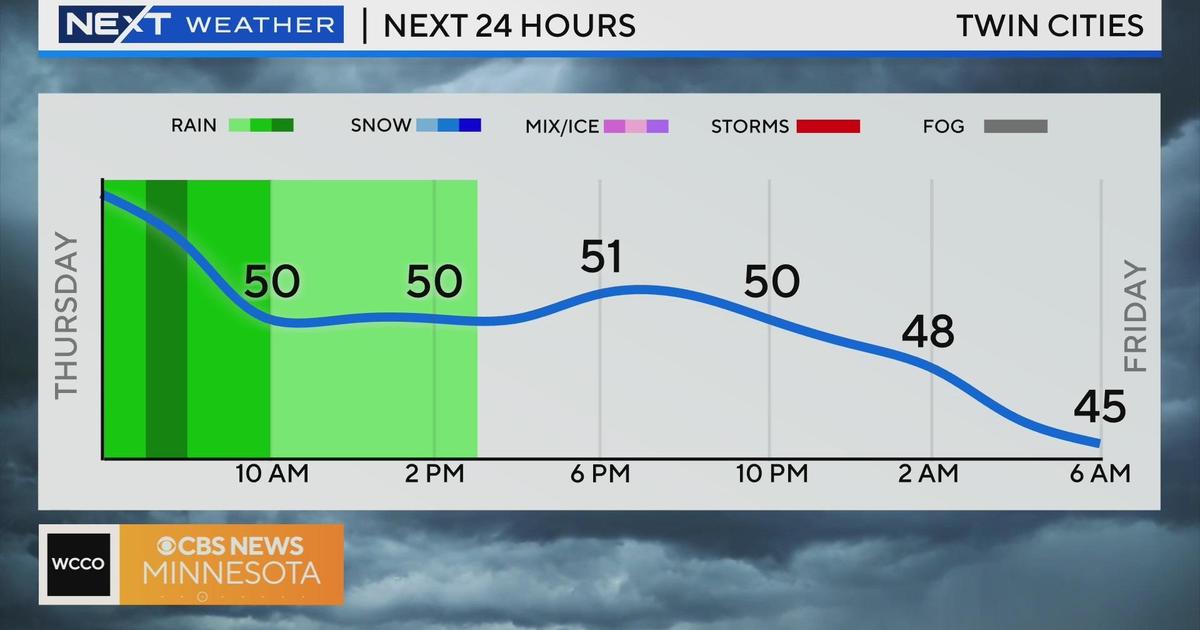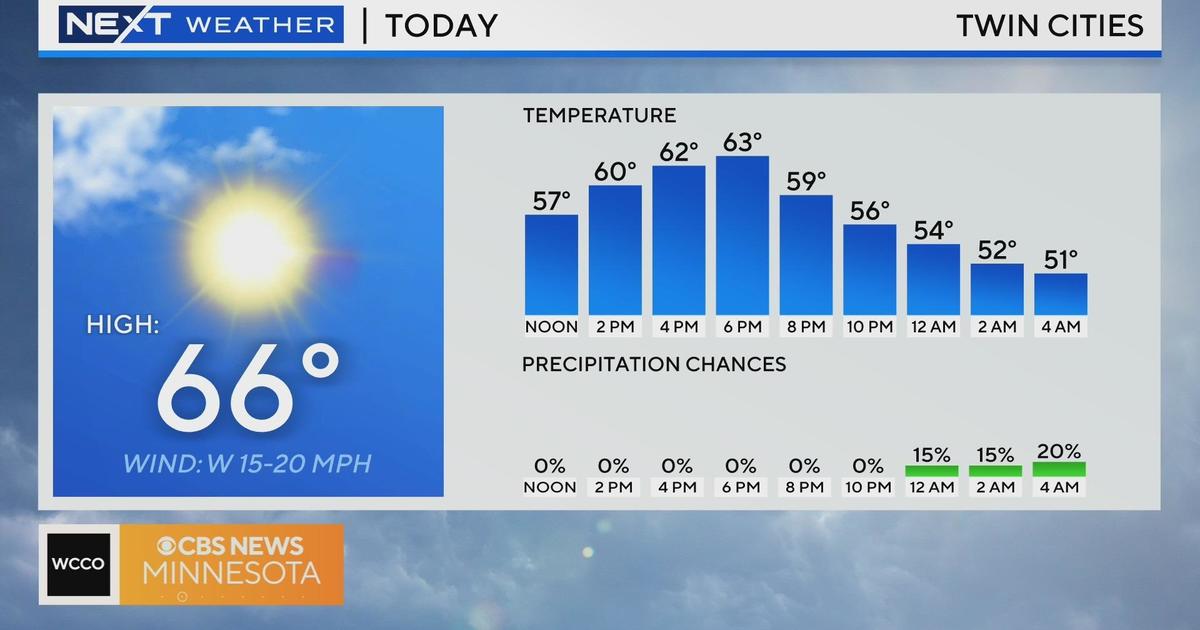This June was 2nd driest on record in Twin Cities, NWS confirms
MINNEAPOLIS -- The National Weather Service has confirmed that the month we're wrapping up Friday was officially the second driest June on record in the Twin Cities.
With no rain expected to fall Friday, the NWS said the overall tally for June 2023 stood at 0.93 inches of rain. That puts this year just behind 1988 for aridity; that year only saw 0.22 inches of precipitation. Before that, you'd have to go all the way back to 1912 to find a year with comparably dry conditions -- that year saw only 0.94 inches fall.
What makes this so unique is that, according to NWS, June is supposed to be the wettest month of the year, with an average precipitation rate of 4.58 inches, based on the last 30 years' worth of trends. That means this year's June ran a rain defecit of 3.56 inches.
To reverse current drought conditions, Minnesota will need to see slightly above-average rainfall amounts for an extended period. Some towns across Minnesota are anywhere from 4 to 7 inches of precipitation behind where they should be.
Cooler temperatures might help the situation, according to Kenny Blumenfeld, senior climatologist with the Minnesota Department of Natural Resources.
"When the temperature is high, you evaporate water, and you remove water not just from the surfaces but from the vegetation more effectively and faster," he said.
Blumenfeld says drought conditions are part of the climate for this region. They can last up to four years. Outside of the record-setting 2022-2023 winter, Minnesota has been weathering drought conditions since early 2021, if not late 2020.



